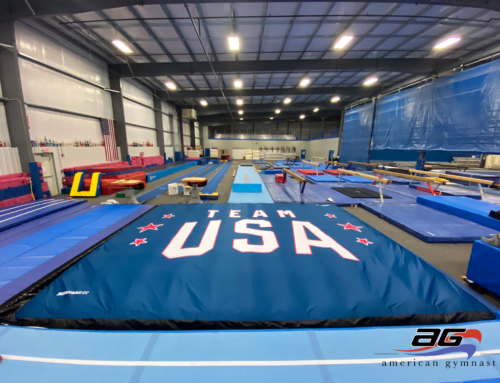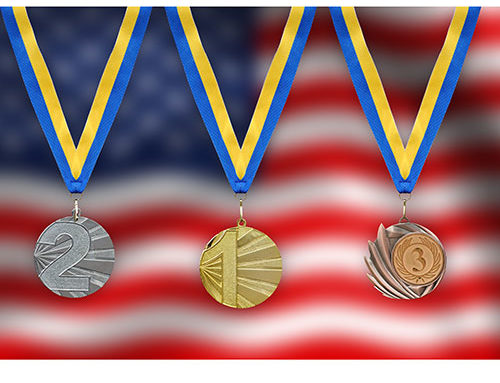Andy’s Proposed World and Olympic Competition Format
- Each team can consist of up to 11 women and 15 men – three entrants for the all-around and two additional entrants for each event. A team can consist of less than the maximum number, since some specialists may compete on more than one event.
Day 1: Preliminary Round
- All competitors (all-arounders and individual event specialists) compete on their respective events. This is a total of five athletes per event from each team, plus any wild card spots.
- This competition serves as Day 1 of the team competition, Day 1 of the all-around, and the qualification for the event finals.
- The top six teams from Day 1 qualify to the team finals, which will be held on the final day of the competition. The team score on Day 1 is determined by the top 4 scores on each event, with the lowest score on each event being dropped.
- The top 10 on each event qualify to Day 2 (Event Finals), with no maximum per country (i.e., all 5 competitors from a country could potentially advance).
- All of the all-around competitors advance to Day 3 (All-Around Finals). Keep in mind this is just 36 competitors (12 teams with 3 all-arounders each) plus a few wild card spots.
Day 2: Event Finals
- The top 10 on each event will compete again in each event.
- The combined score of Day 1 + Day 2 determines the event medalists.
Day 3: All-Around Finals
- All of the all-around competitors (36 plus any wild card spots) will compete in the all-around again.
- The combined score of Day 1 + Day 3 determines the all-around medalists.
Day 4: Team Finals
- The top six teams from Day 1 will compete in the team finals.
- Each team will put up their five athletes per event again, and the top 4 scores on each event will count toward the team total.
- The combined score of Day 1 + Day 4 determines the team medalists.
Andy’s Proposed U.S. World and Olympic Selection Procedures
Completely objective selection procedures fit beautifully with my proposed world and Olympic competition formats:
- The top 3 all-arounders from all four days of competition from the U.S. Championships and World or Olympic Trials will comprise the all-arounders for the team.
- After removing the all-arounders from the individual event rankings, the two highest scorers on each event from all four days of competition from the U.S. Championships and World or Olympic Trials will qualify to compete that event at the World Championships or Olympic Games.
- In the event that an athlete places in the top two on more than one event, the total number of competing team members may be fewer than the maximum of 11 women and 15 men. If this happens, the next highest scoring gymnast will be placed as an alternate to the team. (Example: Gymnast A places 2nd on both floor and pommel horse, leaving an open spot on the team. Gymnast B places 3rd on floor, and Gymnast C places 3rd on pommel horse. The higher scorer between Gymnast B and C will become part of the team as an alternate).
- In the event of an injury that occurs prior to departure of the team for the competition, the next gymnast(s)in rank order can be used to replace the injured athlete on the appropriate event (either an individual event or the all-around).
- The gymnasts who place 4th and 5th in the all-around after all four days of selection competition will serve as the official traveling alternates to the team. These gymnasts can be used to replace injured athletes either prior to or after the departure of the team.
I think all of this would be fantastic for our sport. Next, I’ll outline all of the benefits I see in these proposals regarding competition formats, selection procedures, and the sport of gymnastics in general.



Leave A Comment